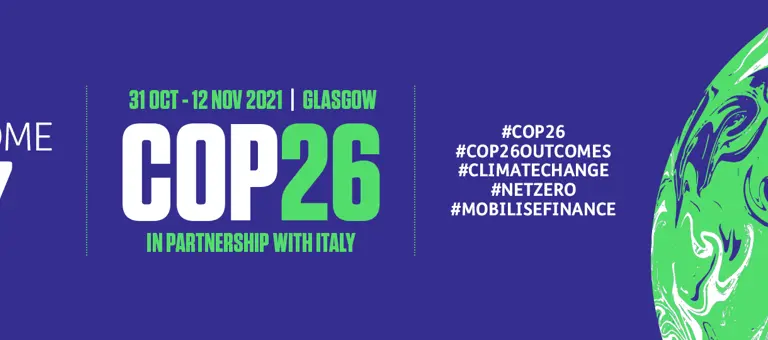
COP26 Outcomes #7: Global systems thinking
27 October 2021
The low carbon energy systems of the future will become increasingly interconnected – from hybrid energy systems in the home, and local community energy schemes, to global markets in carbon and hydrogen.
This interconnectivity will foster diversity in low carbon energy supplies, and allow markets to discover the lowest costs ways to decarbonise – from a global heating perspective the value of a saved molecule of carbon dioxide is the same wherever in the world it is emitted.
But this level of interconnectivity also creates risk – market distortions could lead to emissions just being offshored rather than genuinely reduced, and interdependencies between energy systems can compound risks such as cyber threats, and to infrastructure from climate related extreme weather events.
Energy systems are complex, and we are starting to see ‘systems thinking’ approaches emerging at the national level to support policy development. This allows the policy maker to really understand the cause and effect of different actions through the entire energy system, from the environment to individual customers.
This thinking will need to be elevated increasingly to the global level in order to understand how best to achieve resilient supplies of low or zero carbon energy to an increasing proportion of the world’s population.
Follow Baringa Partners on LinkedIn for more updates and thoughts on the run up to the COP26 conference and our obseravations and take-aways during the event itself.
More from the series
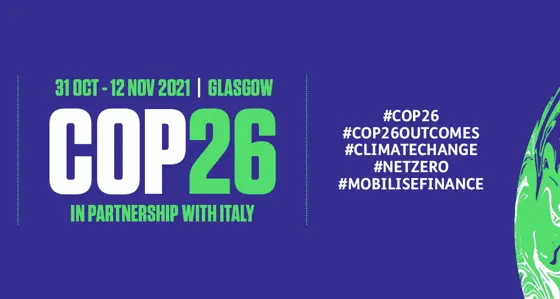
COP26 Outcomes #1: From strategy to action
COP26’s legacy will be seen in whether it has long-lasting impact on our journey to net zero. It must be a turning point where strategy becomes delivery.
Read more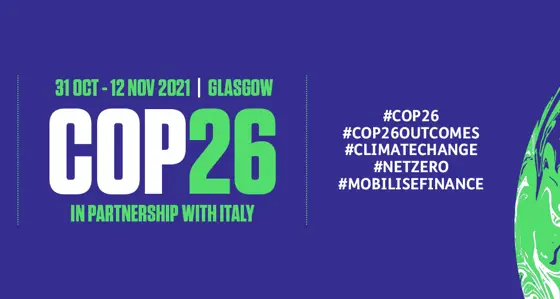
COP26 Outcomes #10: Post COP legacy
Glasgow’s legacy will be seen in how the conversation on our journey to net zero changes. Is this the point at which the major nations get serious?
Read more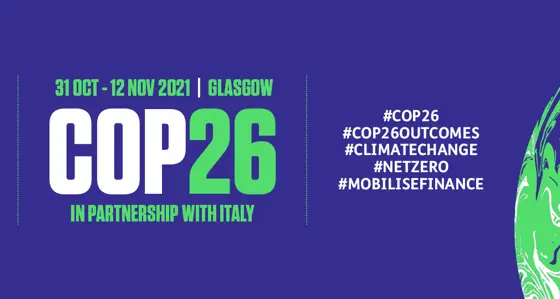
COP26 Outcomes #9: Unblocking investment
The scale and pace of investment needed over the next 30 years to meet net zero commitments will test conventional thinking on infrastructure investment
Read more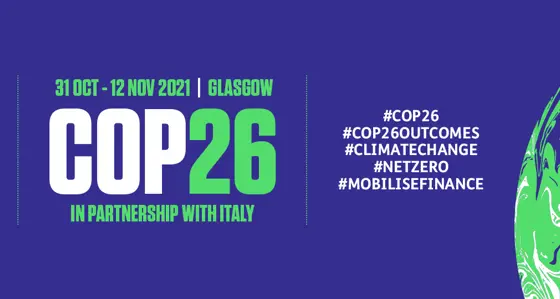
COP26 Outcomes #6: Integrity of change (greenwashing)
Inconsistency and a lack of transparency in sustainable finance raises concerns that the practice is open to widespread abuse.
Read moreIs digital and AI delivering what your business needs?
Digital and AI can solve your toughest challenges and elevate your business performance. But success isn’t always straightforward. Where can you unlock opportunity? And what does it take to set the foundation for lasting success?